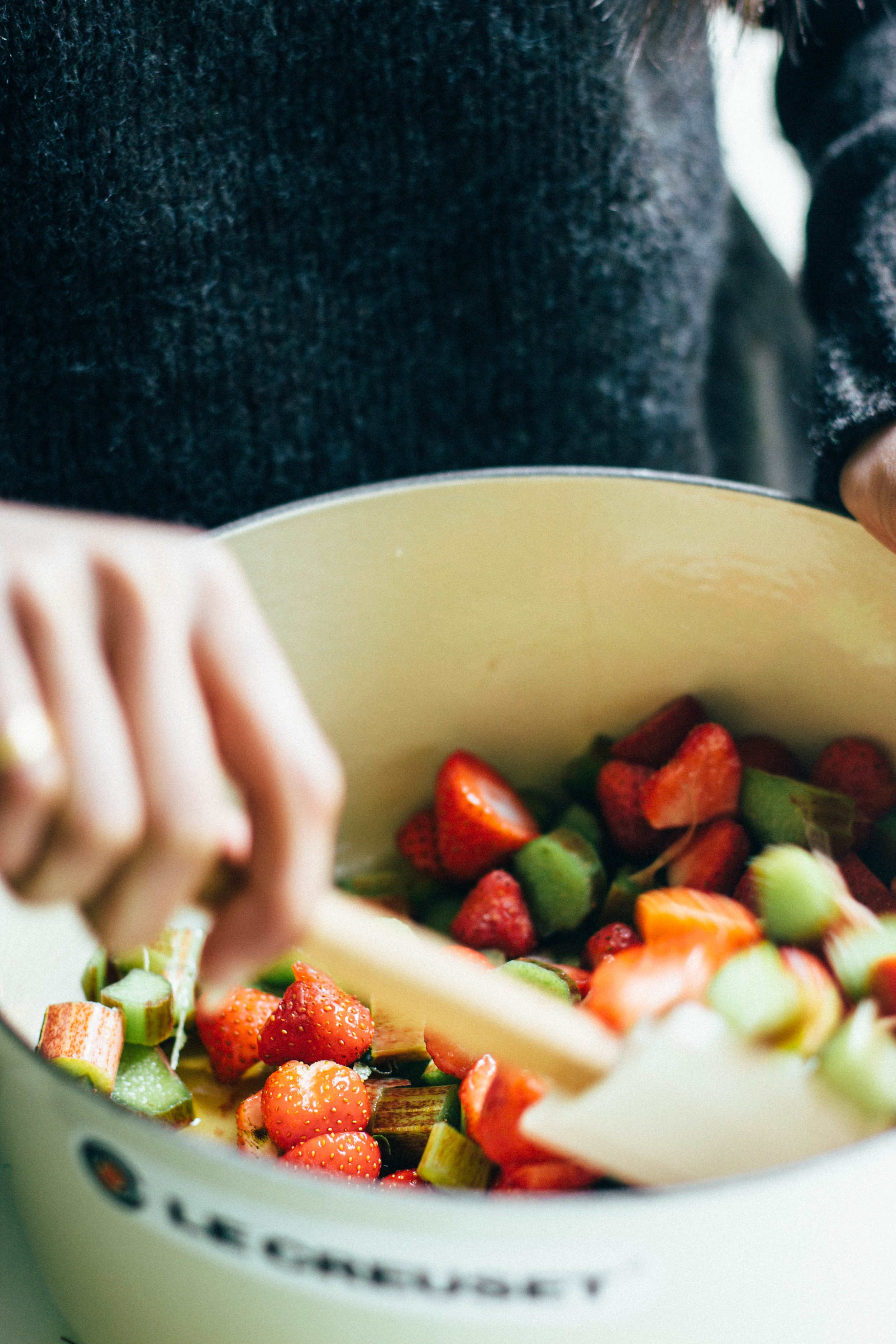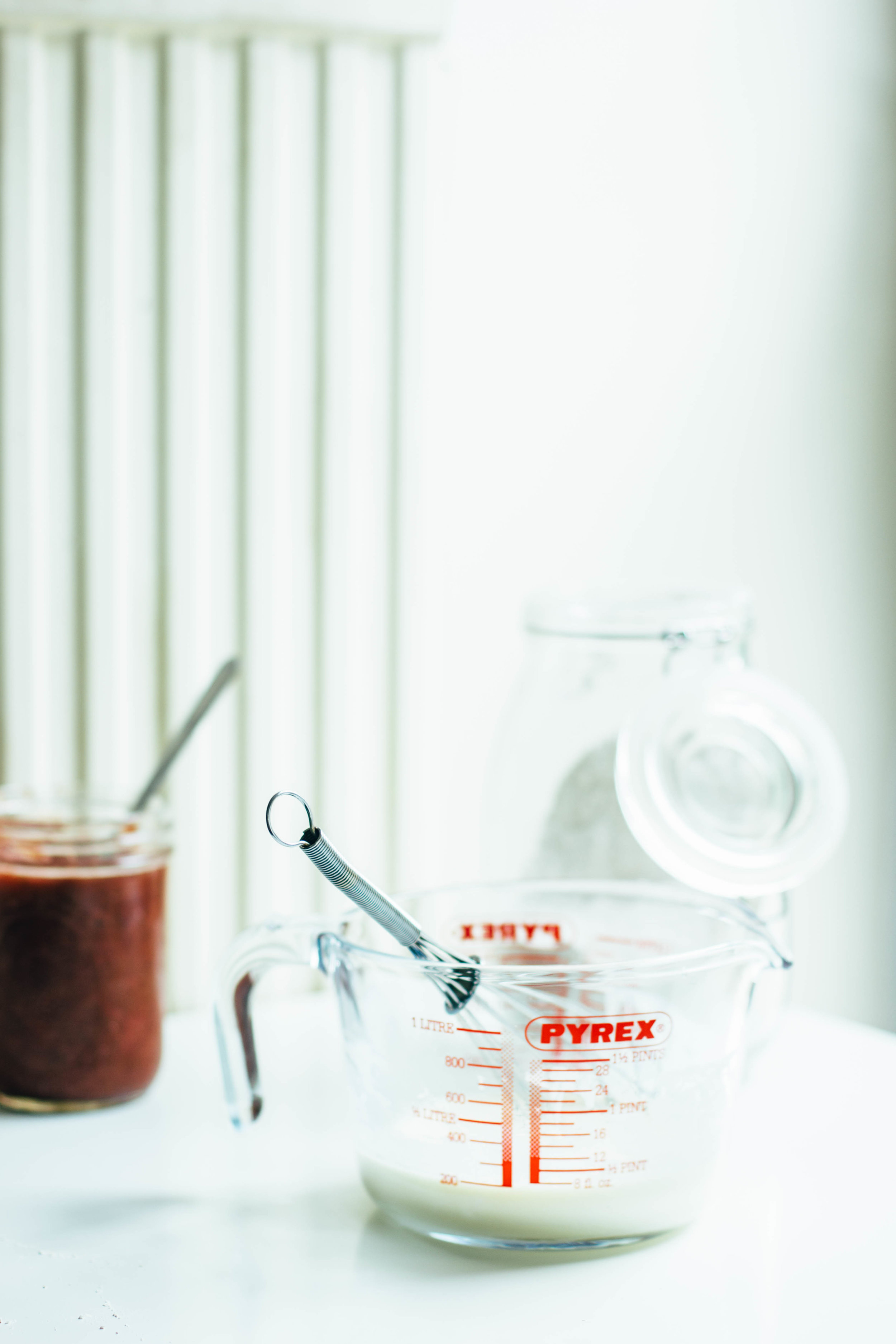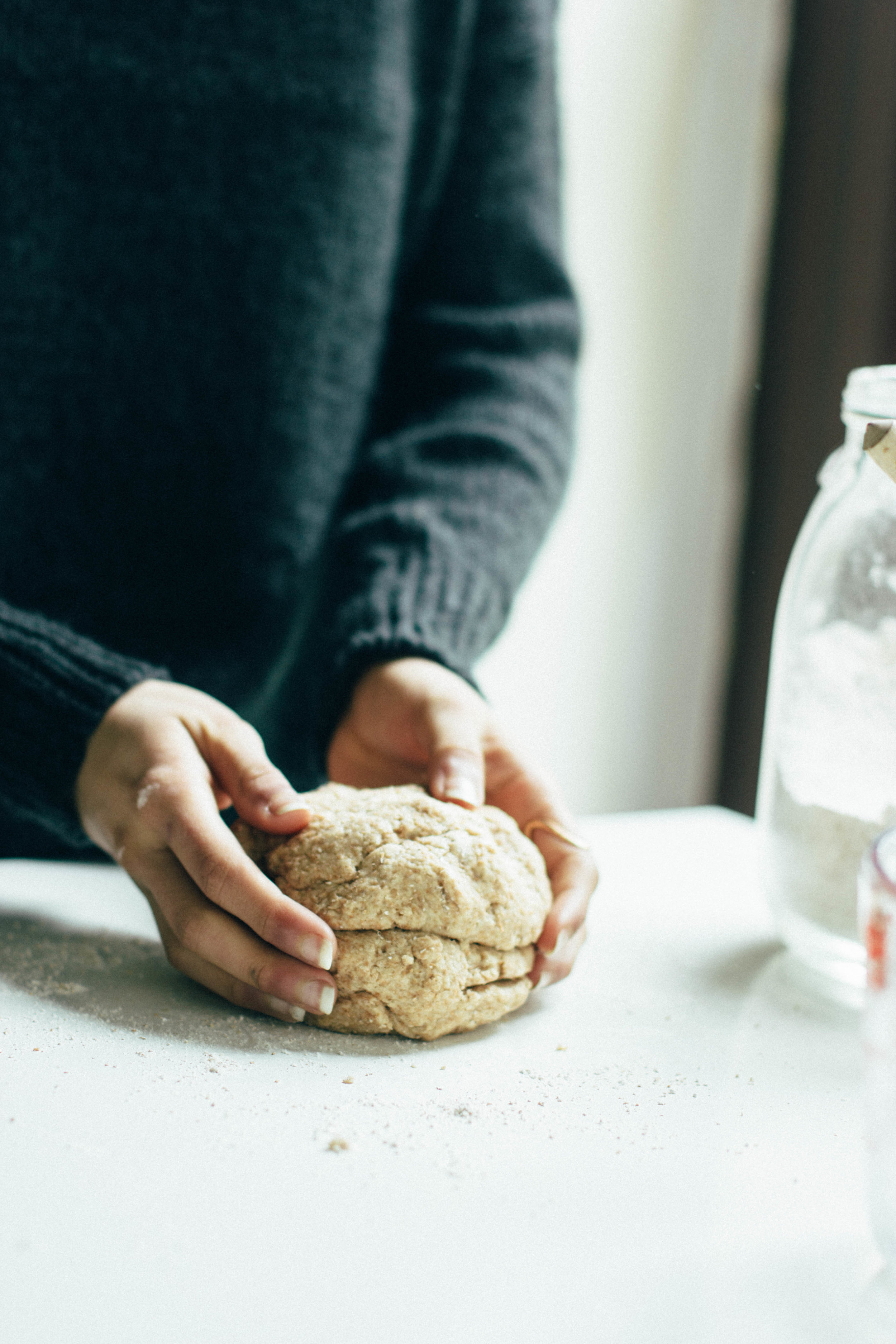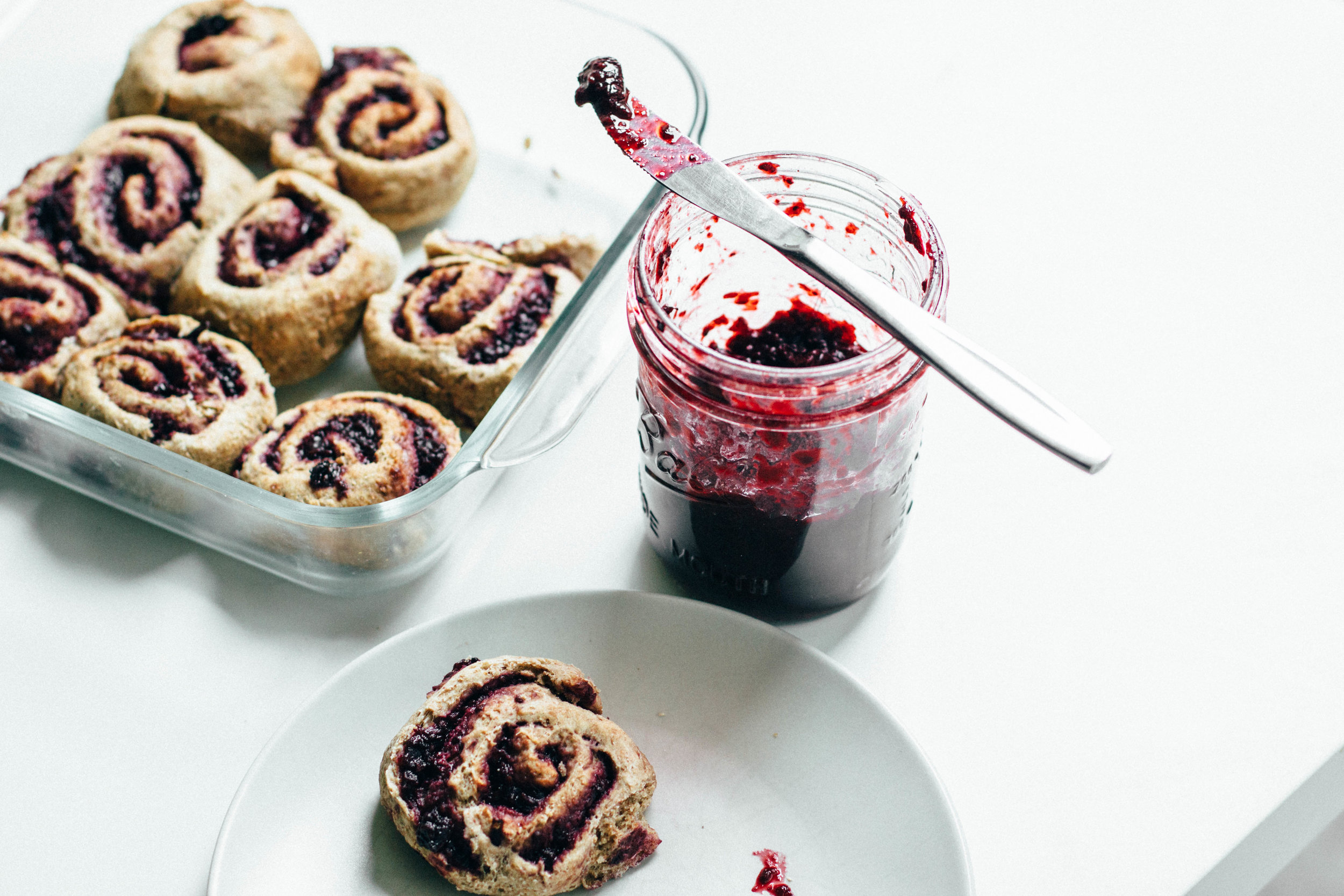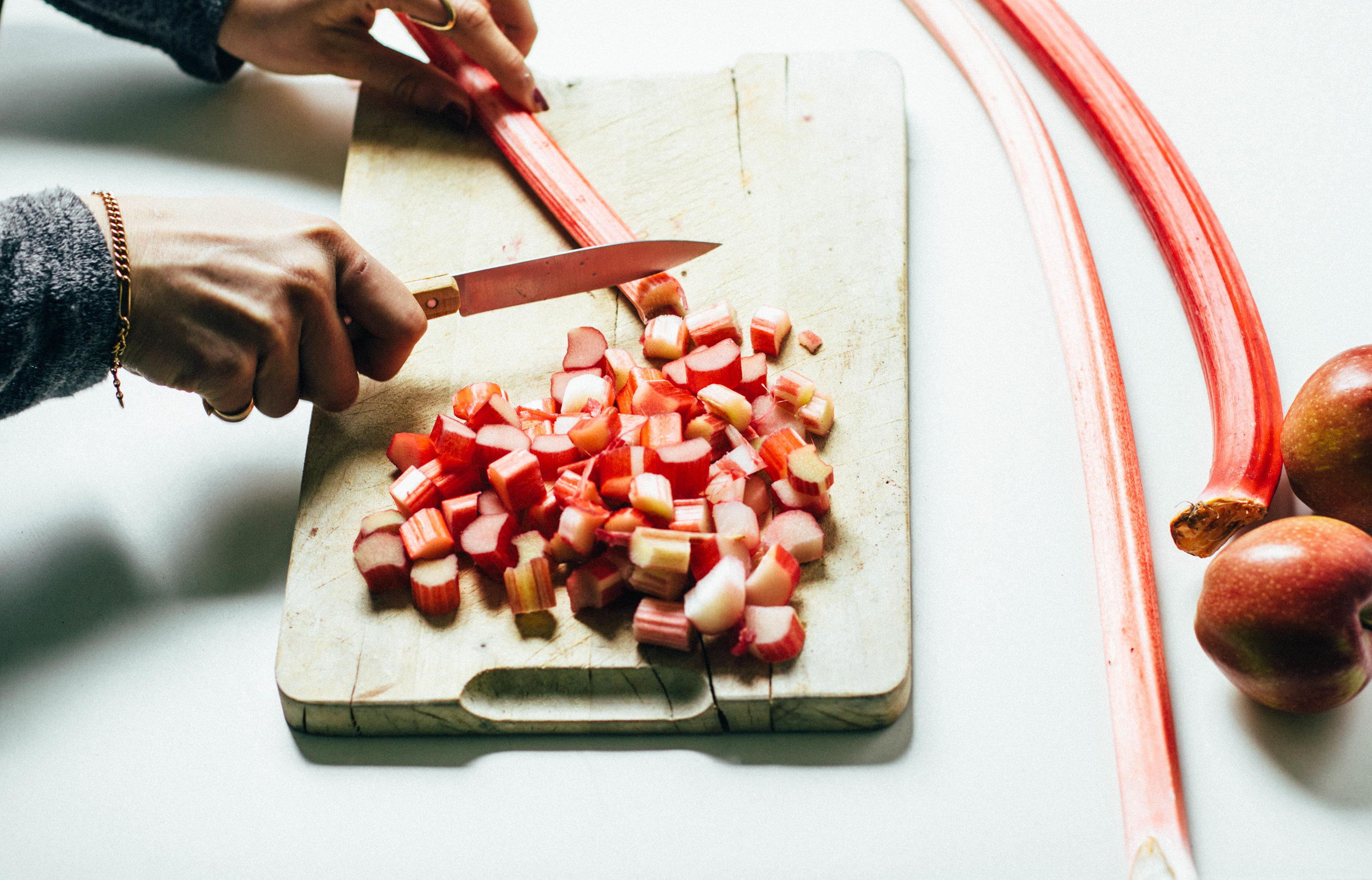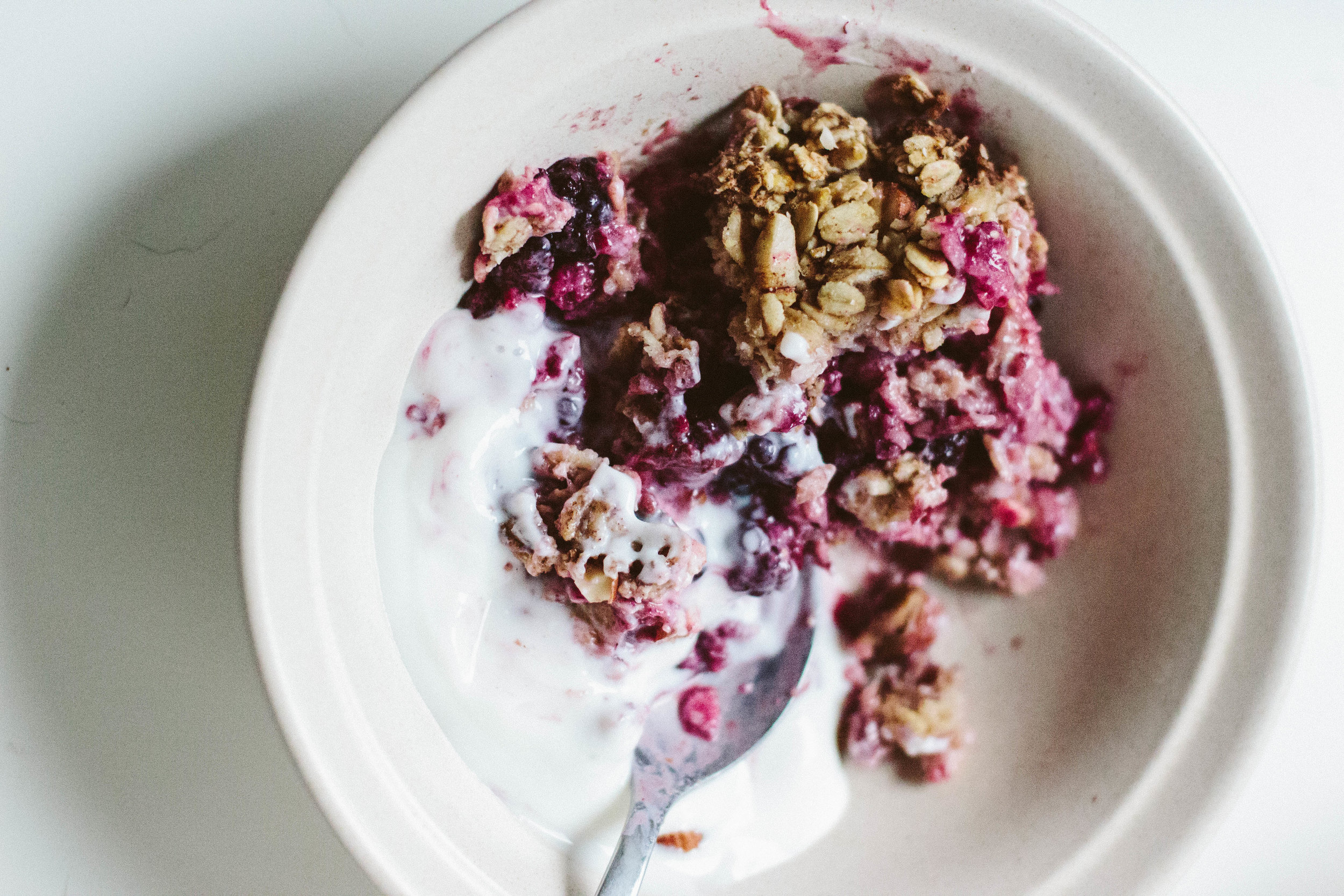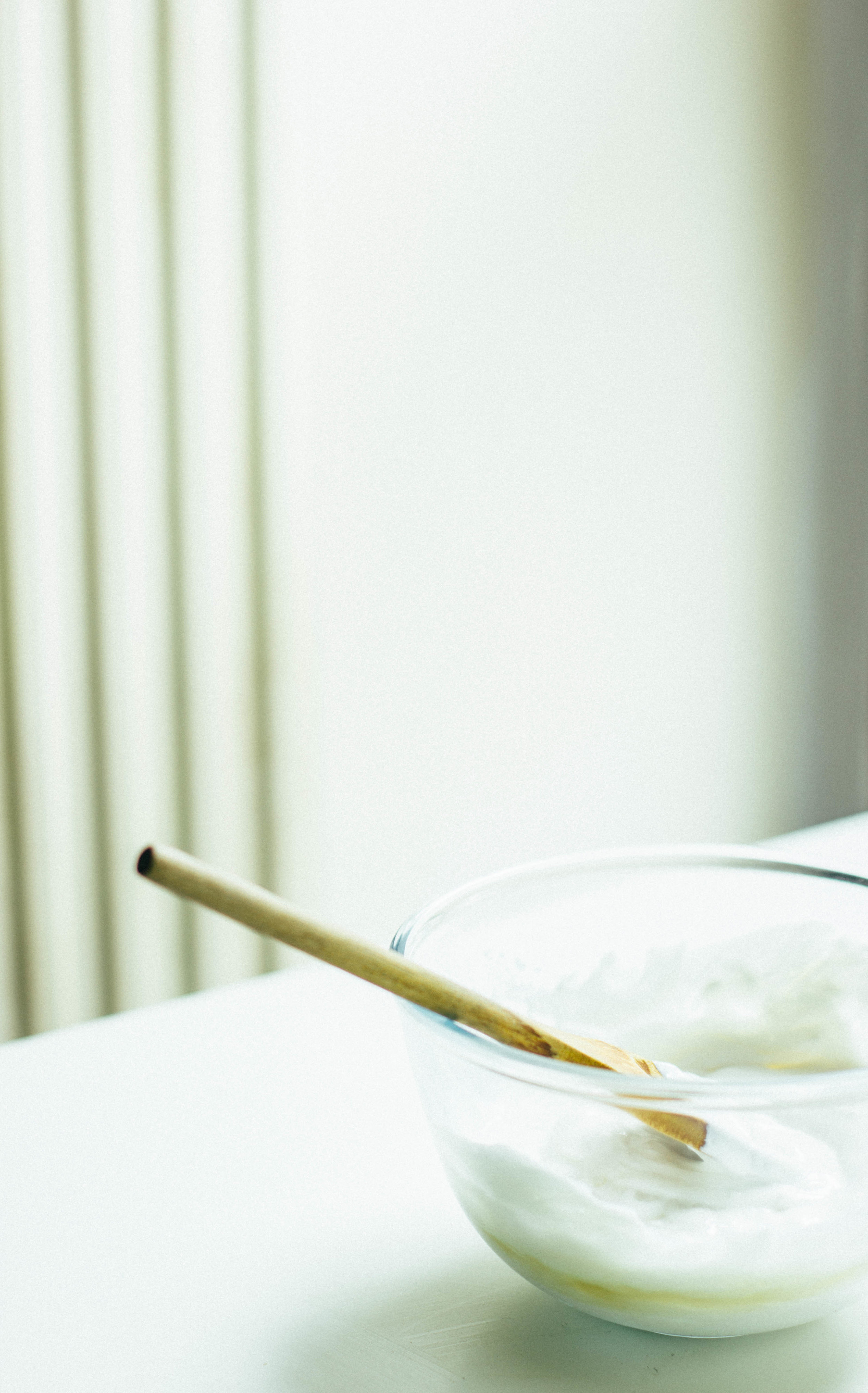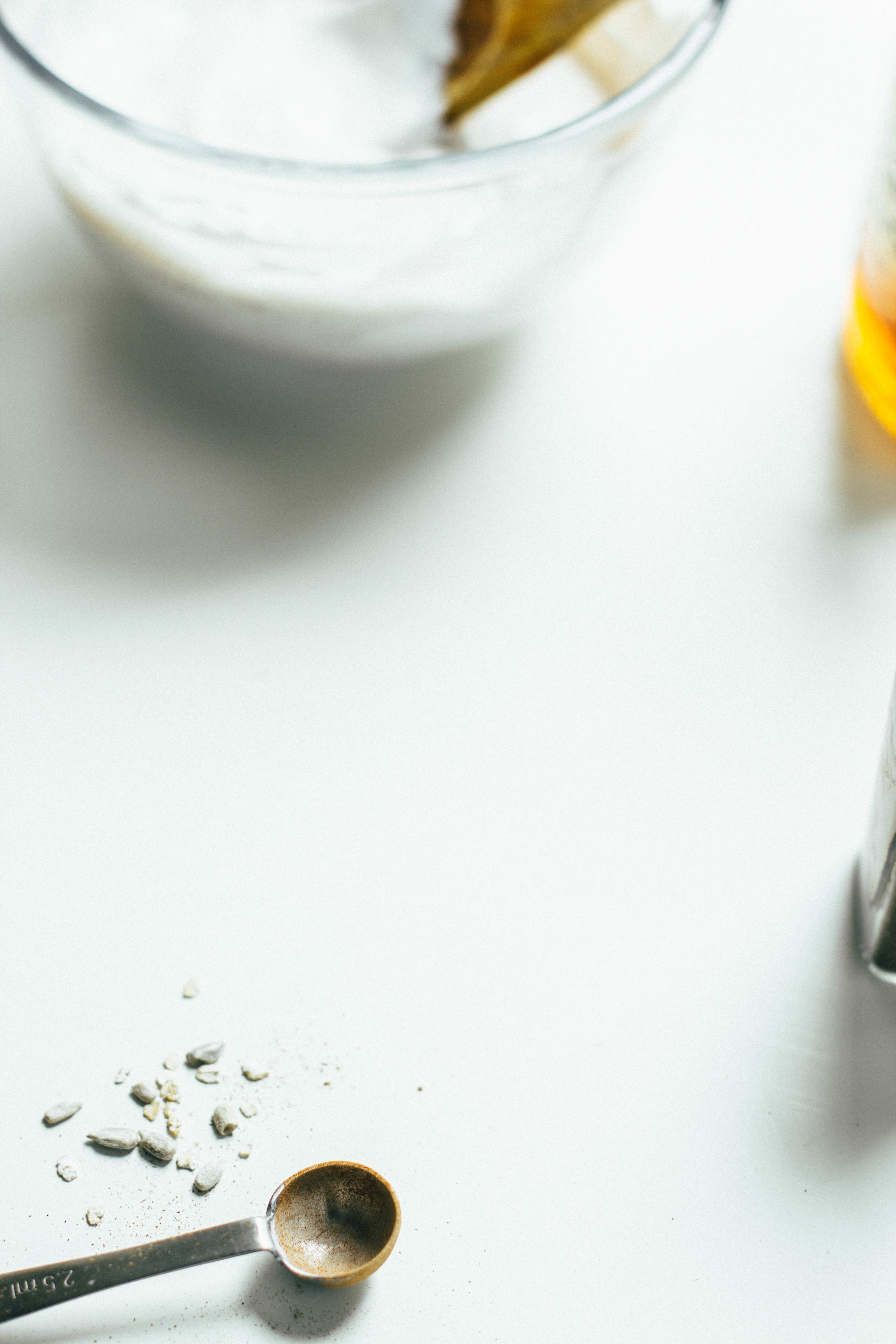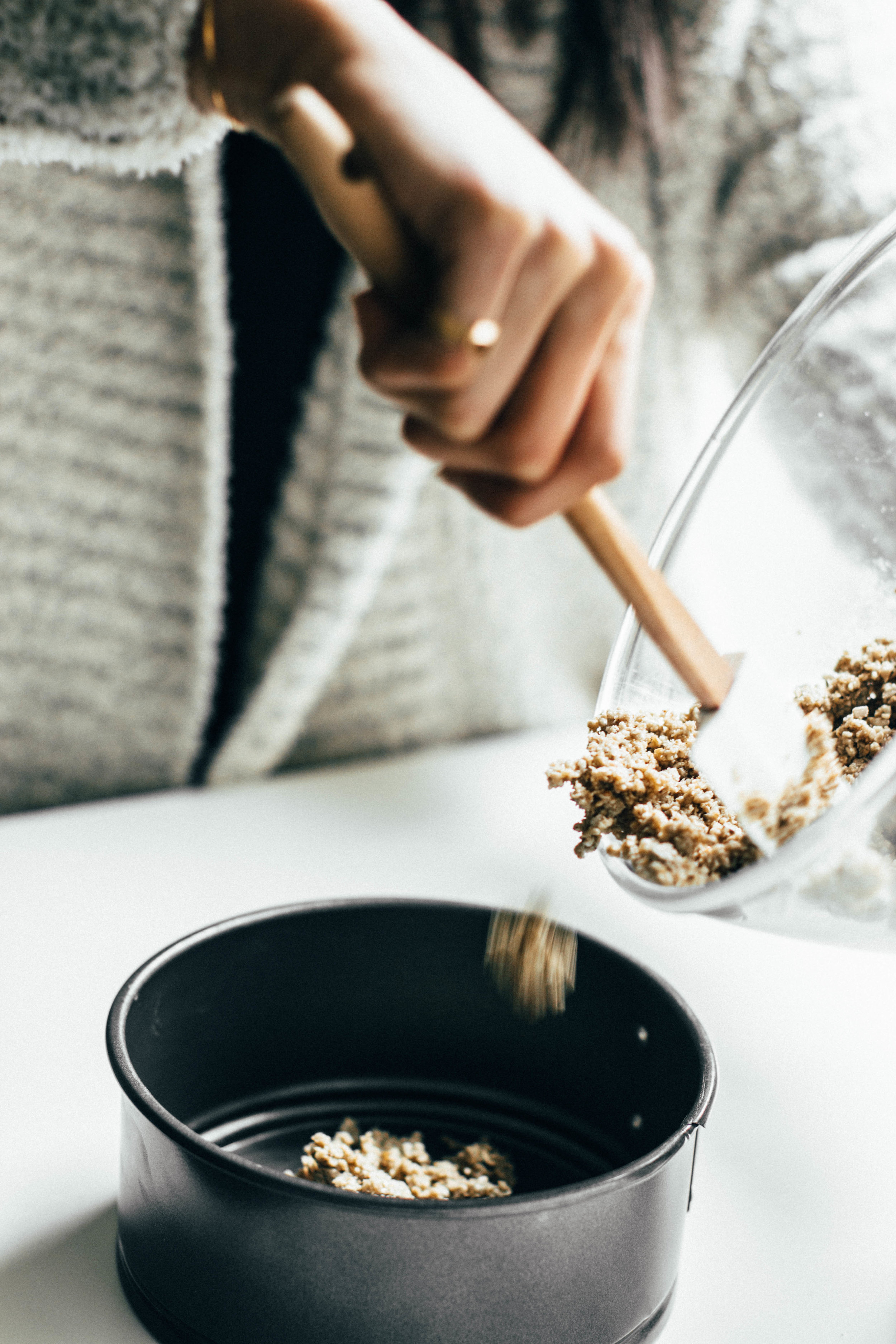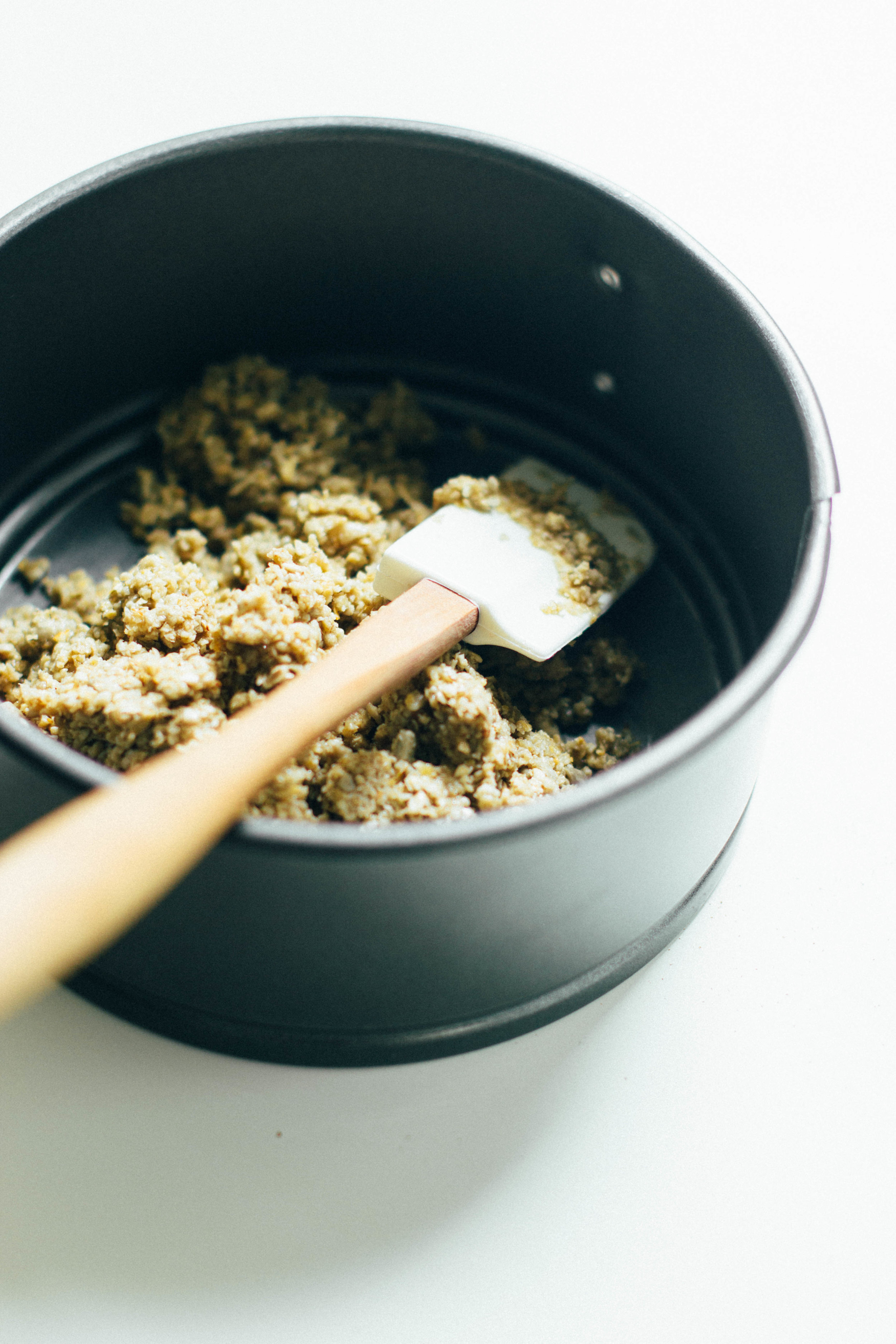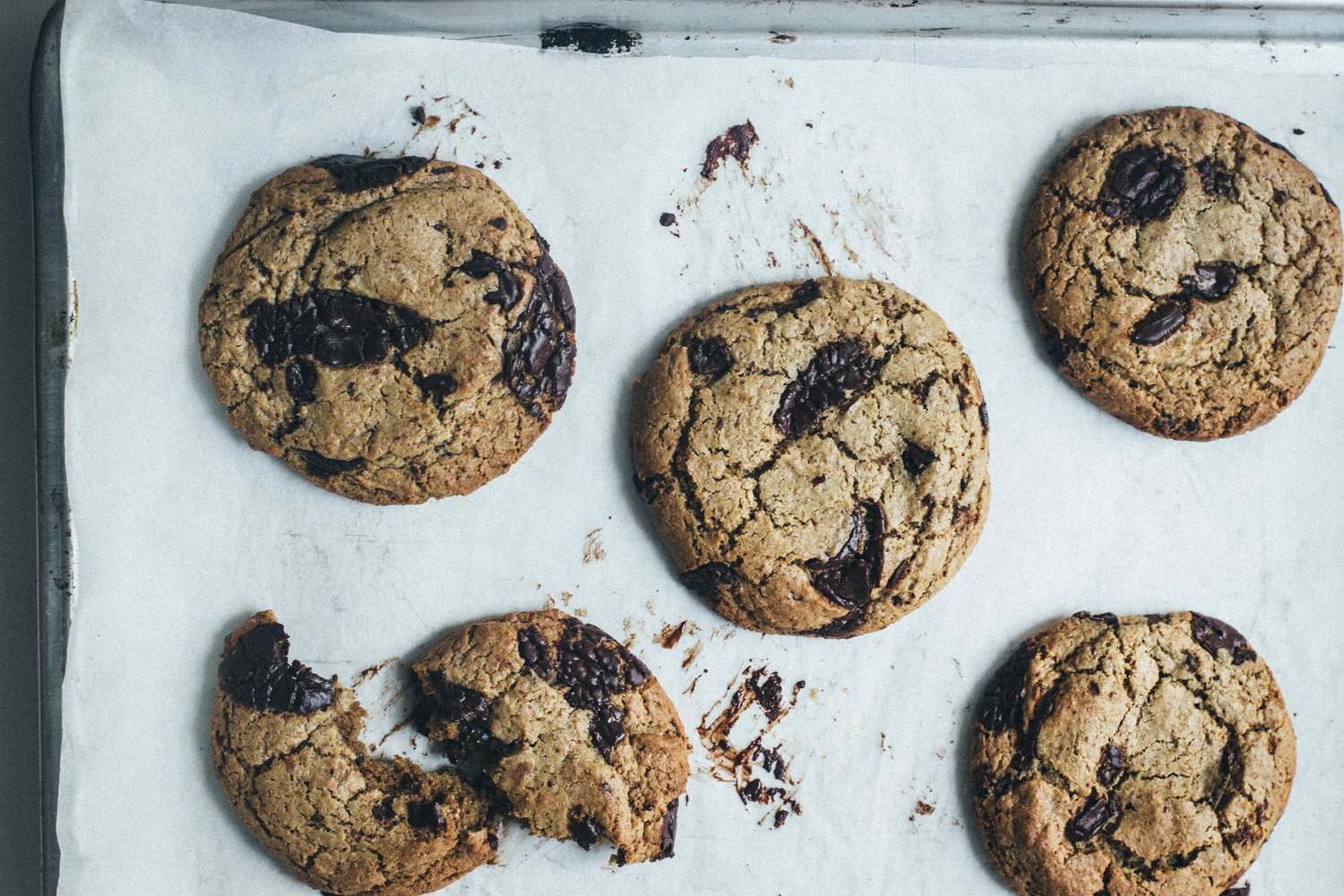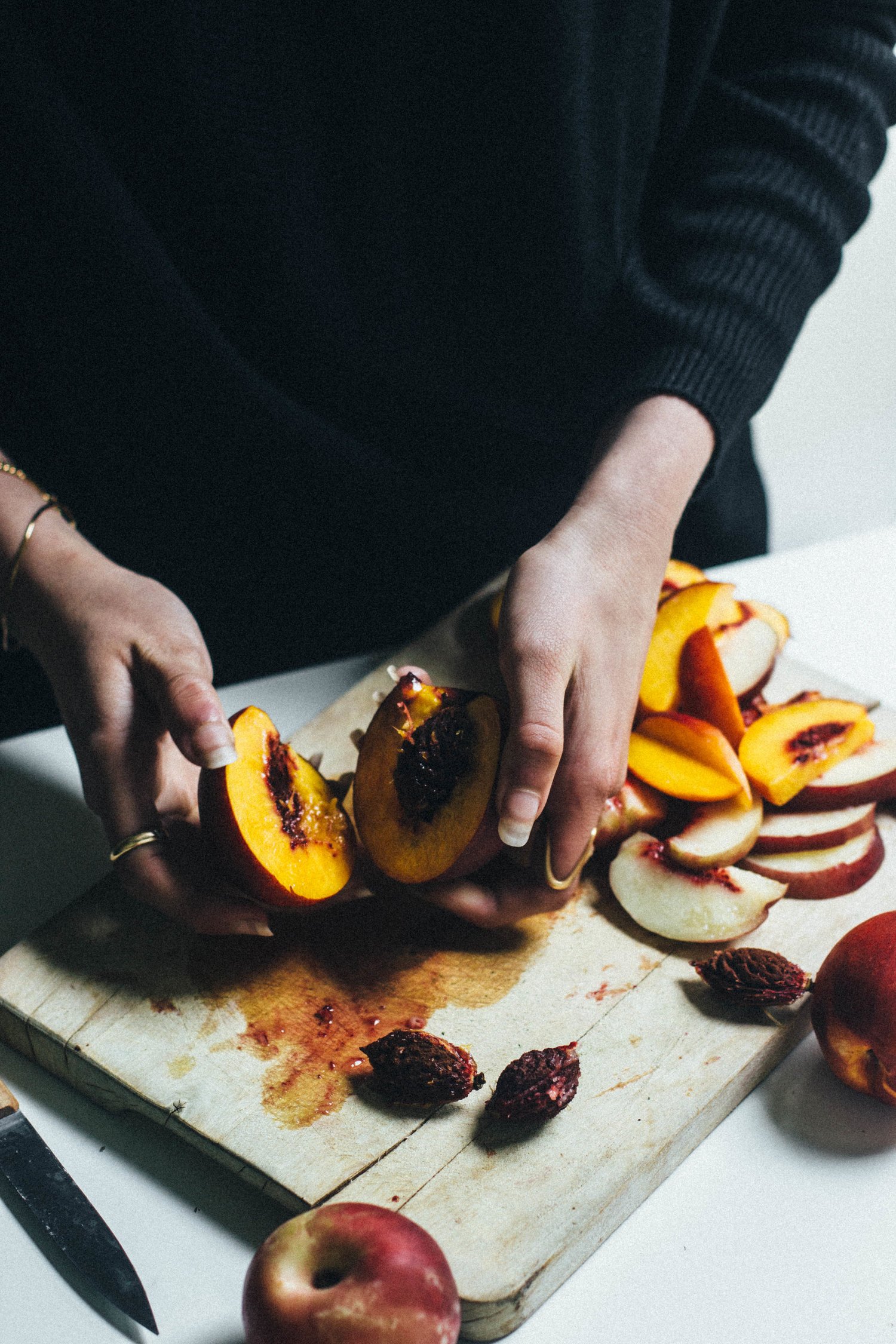the hedgerows are playgrounds | strawberry - rhubarb jam scones
/I joked to my sister the other day that I should write a post about where we live, north Norfolk. Its little quirks. Do it, my sister said, people will find it interesting. It'll be funny, she told me, and your writing is usually so serious. So here starts a humorous tale about every day life in a small village with a thatched church and fields all around. The antagonists are the tractors. I'll start my story with an anecdote about how I'm often on the one-lane road, headed to the highway and I'll be doing 20 miles because I'm behind a tractor carrying hay on the trailer. It'll be far beyond legal weight limits but hey, this is Norfolk, anything goes. The car in front of me will be a black Range Rover, with a personalized number plate, something like HA1 D3R, and it will be the newest model. The driver will be a woman who is bleached blonde and will attempt to overtake the tractor around one of the hairpin bends. She'll be lucky because the traffic on the other lane is probably held up by another rogue AGV.
I'll also write about how we'll be standing on a grassy verge in the village where we live, the leg of my jeans will be soaked from local drainage issues and pressing it against Prune's wet fur to stop her swerving into the road and into the path of another tractor. The tractor will be new and fancy. Farmers do ok here. The roads are already narrow and cars spill out of driveways to park on either side, it'll start to rain, scattered showers, scattered dog walkers. Our house is flanked by forest on one side and a field on the other, where a family keep two horses. I say a family, because we can't really seem to figure out how they're all related, but in north Norfolk villages seem to be made up of a couple of interconnected families. The son (we think he's the son. He could be the brother?) is the local woodcutter with two labradors a bit like ours, a wood pile to rival that of those in northern Utah, and a unimog. When was the last time you saw one of those? He also seemed to have refurbished a Mercedes SUV that his wife likes to drive, off-road style, through the horse fields next door. Maybe it's a way of keeping their two toddlers entertained.
I'll say that the tractors don't stop, the whole year, and the size of their tyres is no joke. I'll recount the time that we were just walking along a genteel country lane, when a pick-up drove out into the middle of a field. We wondered what the driver, a farmer, was doing. He promptly lowered the window of the car, pulled out a rifle and let off a few shots to scare the crows. My heart didn't stop pumping the rest of the day. The car was not further than 25 meters from the road. I'll write as I did before about how people hang pheasants from their rafters, and rabbits from the mirrors of Land Rover Defenders, and about how one of the activities at the local primary school is plucking a pheasant for pheasant pie. My sister had a shock when she walked in to the school one day and found the pile of dead birds by the door. I'll mention that the next village is the winner of RHS Britain in bloom pretty much every year, and that from February onwards as you drive through there are great groups clad in overalls with shovels, preparing the beds and planting seedlings. That the post office is also in that village, owned by a family that everyone knows; it's a local institution. I was standing in line to mail something one day and there was a woman in front of me, collecting a parcel. She was wearing jeans tighter than mine; ankle cropped, with a frayed hem, and fancy Nike hightops, a flowy white blouse and big sunglasses. She was also twice my age (at least) and hugged the man when he served her, then drove off in a white Audi saloon. I tried very hard not to roll my eyes and for my efforts was bumped out of the queue by a man with a bushel of beets in one hand; wearing muddy boots and a deerstalker cap.
But I'll also write about how the kids from the village primary school literally fall out of cars waving to my sister who works there once a week; and little Archie calls from his bedroom window to say hello. There was the time a neighbor came knocking on our door, saying a rooster was in her garden and she was looking for its owner, fearing it would be eaten by a fox. About the elderly farmer with a Norfolk accent so heavy we wonder if he's speaking English (and we doubt he understands us) who stops us to chat and ask about the dogs, then waves from his ancient tractor. About the bushes that are so heavy with blackberries come late summer the freezer is full the whole year; and the hedgerows that are playgrounds for robins and sparrows.
That there's an older couple with a gentle black Lab who often ask us how our grandparents are doing; they became friends. That in the fall I make applesauce out of apples from our own trees which in spring explode in color, and the roads turn pink from petals. I'll repeat, again, that winter nights are white, that I've never seen more stars in any of the unknown pieces of the wild where I've found myself. That from my bedroom I hear owls call and from in front of a sink filled with dishes I watch a family of blue jays teach their babies to eat from the birdfeeder. That I've seen young pigeons take flight after falling from their nest in a wild Norfolk storm, that the coast around here is one of the rare places that Arctic Terns nest. That someone aptly named it an area of outstanding natural beauty. The silence, early morning and late evening, is so immense it's haunting. I'll be charmed by the beauty in the chaos and the fine layer of red sand that is forever tacked to the bottom of my jeans.
"And the peace which I always found in the silence and emptiness of the moors filled me utterly" James Herriot, All Creatures Great and Small
Hello there :) Are you seeing an acute case of seasonal fruit fomo in this post? Particularly if I add that I am on an asparagus-for-dinner-bender? It just so happens that I really like strawberries. And rhubarb. And I wait all year for asparagus. Asparagus aside, the former are obviously a classic pairing and since these early season strawberries are not quite the sweetest yet, they work so well in a compote with the sour tang of rhubarb. I call these babies jam scones but they're really just scones with a dollop of compote (which is really easy to make). You can adjust the amount of maple according to the sweetness of your strawbs, using the lesser amount when the berries are really at their sweetest. These scones are not typical scones - like my other scone recipes, they are more fragile and bread-like than flaky and rich buuuut no need to worry about keeping butter cold or anything like that. The pastry/scone part is just barely sweet, so feel free to add a fat sprinkle of turbinado before baking and make sure you choose a compote you really like (whether this one or store bought) because that jammy center really sings. The spelt flour makes the pastry mildly nutty, with a little bit of whole-graininess that is so satisfying. They don't really need any shaping or anything, so I hope you try them out this spring :)
Big hugs xx
strawberry - rhubarb jam scones
makes 8 large scones & 2ish cups / 500ml compote
for the strawberry & rhubarb compote (makes one standard mason jar - around 2 cups / 500ml)
450g / 1 pound rhubarb
600g / 1.5 pounds strawberries
1/3 - 1/2 cup (80-120ml) pure maple syrup, depending on preference and your berries
Juice of one large lemon (or around 3 tablespoons natural oj)
for the scones
2 cups (230g) spelt flour, plus a little extra for dusting
1 tablespoons baking powder
1/4 teaspoon salt
1 free range egg
1 tablespoon (20g) honey
2 tablespoons (27g) coconut oil, melted
1/2 cup (120ml) plain yogurt (I used goat yogurt, use what you have)
1 teaspoon pure vanilla extract
1/2 cup (8 tablespoons) strawberry and rhubarb jam, or your favourite natural-style jam
// To make the compote
Start by prepping the fruit. Discard the ends of the rhubarb stalks and cut to 2cm / 3/4 inch chunks. Wash and pat dry. Hull your strawberries, curing larger ones in half and leaving smaller ones whole.
Place a large, heavy based pan over medium heat. Add to it the citrus juice and the washed + diced fruit. Pour the syrup over and stir together with a wooden spoon.
Let the fruit cook for about 20 - 30 minutes over medium-low heat, stirring often and letting it bubble and reduce. Initially it will look VERY watery because the rhubarb is releasing its moisture. Don't be put off, it will suddenly thicken and you'll see the juices really reduce. The time will depend on the juiciness of your berries but look for when the liquid is mostly gone, the fruit it soft and broken down and that it slops off a spoon rather than drizzles (very technical, as ever).
Immediately remove from the heat and pour into a heat safe container. Allow to cool before closing; it will thicken as it cools. Magic. The compote will keep around a week to 10 days in the fridge in an airtight jar.
// for the scones
Preheat the oven to 180'C, 350'F and like a baking sheet with parchment paper. In a large bowl, whisk together the flour, salt and baking powder.
In a liquid measuring cup or small bowl, beat together the egg, oil and honey. Whisk in the yogurt and vanilla extract till smooth and pale.
Draw a little well in your dry ingredients then pour in the wet mix. Stir together gently, but firmly with a wooden spoon. Once the dough becomes to come together (don't overmix), dump it out onto a lightly floured surface and knead to bring it together.
Divide the dough into 8 equal pieces - I used a scale and a bench scraper but you can just eyeball it if you prefer. Shape each piece into a round mound and place evenly spaced on baking sheet.
Dip the back of a tablespoon measure in flour then press it into the mound of dough to create an indent. Fill the indent with a tablespoon of compote and continue with each scone.
Bake for 16-19 minutes, till the top of each scone is golden and feels crisp to the touch. Cool on a wire rack, but or enjoy straight from the oven. Cooled and in an airtight container they'll keep well for about 3 days, but will freeze and defrost.
similar








